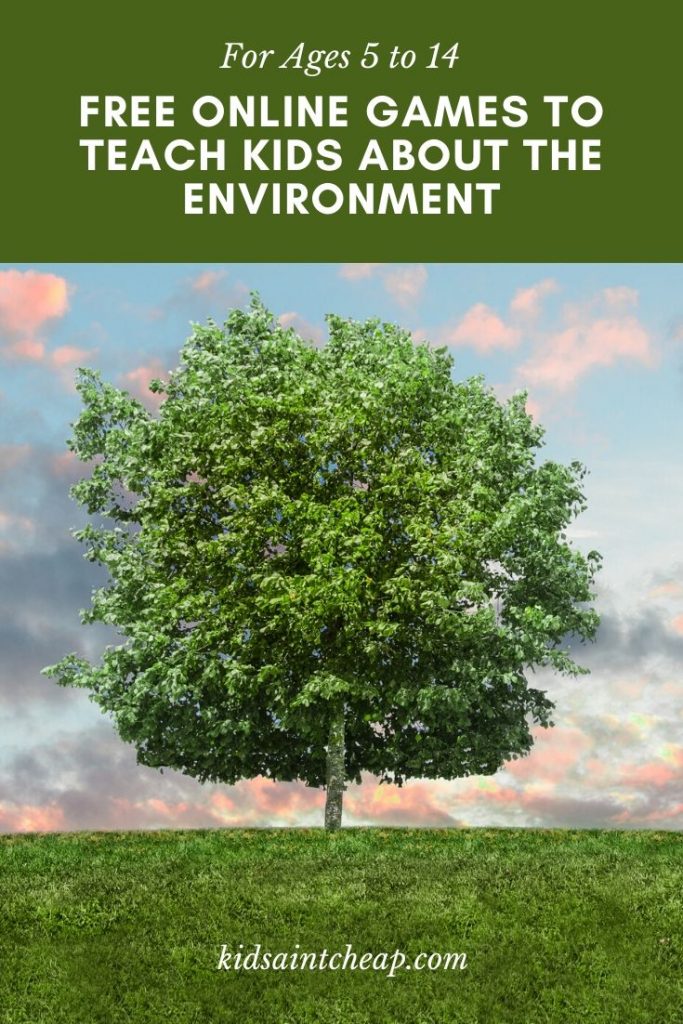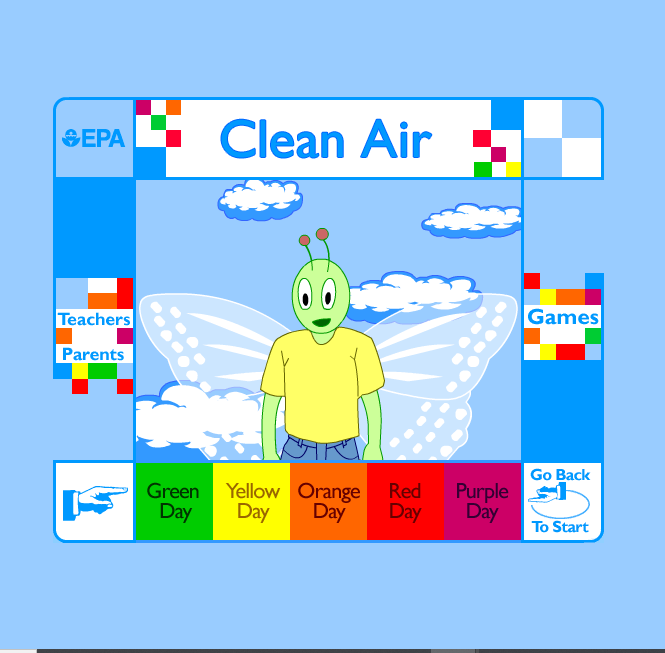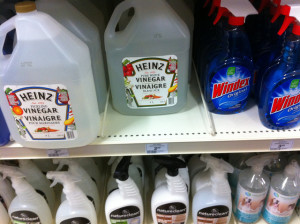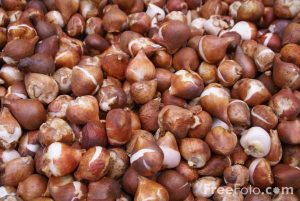Minimizing the water your household uses is an easy way to live a more eco-friendly life while making some valuable savings. Here are some insights on how you can reduce your household’s water consumption and teach your family to live more sustainable lives in the process.
Use Your Appliances Efficiently
Use your home appliances more efficiently, by, for instance, only running full loads. This applies to both your dishwasher and your washing machine. When you run your appliances at full load, they use up water and energy more efficiently. Also, ensure that they’re properly functioning by servicing them as often as it’s necessary to do so and replacing them when they get to the end of their lifespan. Aim to use less water daily than the average person who uses between 80 and 100 gallons each day.
Install Efficient Showers and Toilets
Low-flow toilets will enable you to use less water with every single flush and you will save a lot of water over time in this way. Do the same for showers, installing those that maximize the pressure of water jets in favor of using less water and encouraging your family to shower more than they bathe. When you get used to doing this and practice it on a regular basis, you will find that you start to save on your water usage. Also, try to shower for a shorter time to avoid letting water flow needlessly down the drain and you will have done your part in water conservation.
Let Your Lawn Grow Longer
Rather than trimming your lawn short, you could let it grow a bit longer than usual. When you do this, you will find that you need to water it less often as the longer blades will shade the earth beneath them better, reducing evaporation. If you need to seed your lawn, consider hydroseeding. This is the highest quality, fastest, and most cost-effective method of seeding lawns and controlling erosion of your landscape. You should start to see grass growing in seven days and have the new lawn get established properly in just three to four weeks.
Think of Getting a Native Lawn
Still on the lawn, you could replace the grass that needs to be handled with kiddy gloves with more resistant varieties. These will generally be native grasses and plants that will weather droughts effectively and thrive with minimal maintenance. As long as you arrange your lawn nicely, native plants can look amazing and provide a refreshing look to your lawn and home in general. Check online or at a local gardening center to find out which plants will do well so you can get these. You will make some amazing savings on the water you would have used watering the lawn regularly.
Fix Leaks in Your Plumbing
Finally, small leaks and other issues with your plumbing can see you to lose a large amount of water every year. This is confirmed by the fact that leaks in the average household can account for almost 10,000 gallons of water in waste every single year. Another 10% of homes have leaks that stand to waste a whopping 90 or even more gallons each day. This is literally money flowing down the drain and it necessitates fixing the issue as fast as you’re able to do so. Have an expert perform a visual inspection around the house and repair any leaks that they can find, replacing leaky fixtures as well.
Use these tips to reduce the water that your household consumes and you will play an important role in keeping the environment green. You will also teach your children how to live a sustainable life when it’s time for them to set out on their own in the future.










